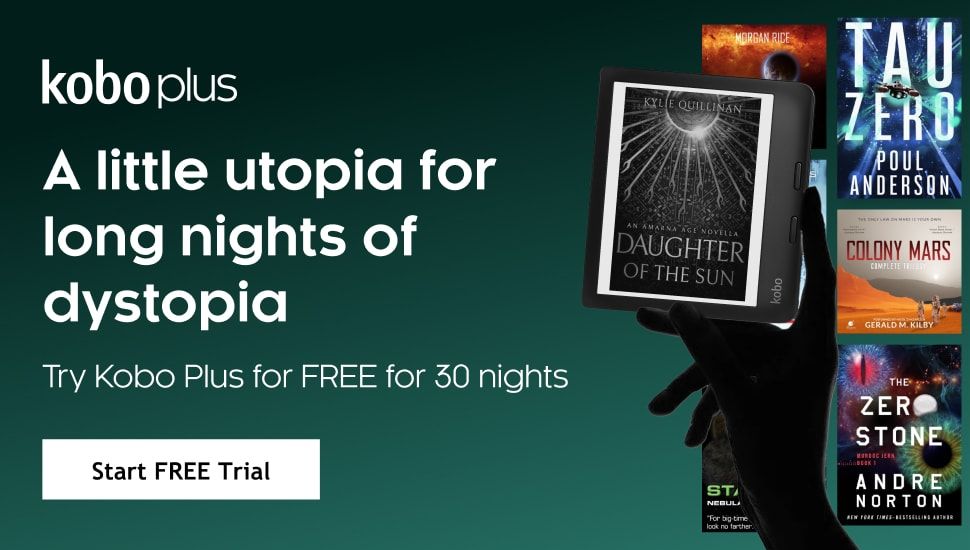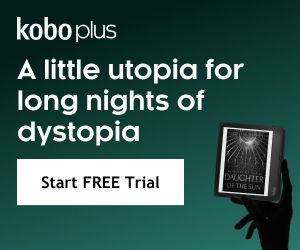
What I Learned From Reading a Short Story a Day For a Month
I have always loved short stories, but it wasn’t until I took two workshops in my MFA program devoted to short stories that I really fell for them. Those two experiences immersed me in good short stories, the ones of my peers and the mentor texts we studied. Suddenly, after my July 2021 workshop, I had short stories on the brain, and they weren’t letting go. So in September 2021, I decided to embark on a little experiment: I would read a short story a day for a year. I would call it “The Long Short Story Project.” The objective was to expose myself to as many pieces of short fiction as possible, across genres and age groups, hoping to gleam insight and wisdom for writing my own stories through osmosis. I started a Tumblr blog for the project and posted an entry each day. Ultimately, for now I’ve only completed one month and am taking a little break. I fully intend to resume my challenge, but I need a bit of a breather. Reading a short story a day is a real commitment of time, space, and reading. However, now I’m ready to share what I’ve learned from reading a short story a day for a month.
Epiphanies Are Optional
If you’ve studied short stories in an academic setting, you probably know how much emphasis is placed on the so-called “epiphany,” or a sudden realization that the main character has at the end of the story. Of the 31 stories I read, few stuck to this supposed requirement of having an epiphany. It turns out there’s more than one way to end a story, and some of the ones I read diverged from the classroom model. More than a few stories, especially mysteries and suspense fiction, had a twist in lieu of a classical epiphany, though twists weren’t limited to that genre and had one notable occurrence in a literary fiction short story.
Change is More Relevant
Another aspect of short fiction taught in my workshops, and one that complements what’s taught in academia at all levels, is the importance of change in short stories. It’s common knowledge that a short story should demonstrate change in the main character. That’s not quite the same as an epiphany; an epiphany is a realization while a change doesn’t necessarily have to stem from an epiphany. I did see in my short story project far more demonstrations of change than epiphanies. The stories that had the biggest change were the most satisfying. I found I really craved a short story where the character ends up different by the end, through learning from the consequences of their actions or enduring shifting circumstances or reacting to events of immense importance. My favorite stories all showed a character who had changed in the space of a short story. Stories with zero growth and a stagnant character arc failed to win my favor.
Inclusive Short Story Anthologies Highlight Diversity
Short story anthologies are basically my favorite thing right now. Thanks to short story anthologies, it’s possible to find more diverse and up-and-coming writers. For the Long Short Story Project, I mined the library and my private collection of books for short story anthologies in a variety of themes, from YA romance to locked-room mysteries to Chinese speculative fiction in translation and Native and Indigenous-focused kid lit stories. These short story anthologies — especially relevant in YA — were able to highlight diverse authors around an inclusive topic, like LGBTQIA+ themes in young adult literature, or disability in YA, or Black experiences for young adults. Diverse short story anthologies amplify the voices not just of a genre’s heavyweights, but also the buzzy new writers who are just emerging on the scene.
The Stories That Broke the Mold Were Most Interesting
I found the stories that I loved the most were the ones that experimented with form or language. For instance, I read Carmen Maria Machado’s “Mary When You Follow Her” in a flash fiction anthology. This story is three pages but only one sentence long. (You can read the story for free online here.) Machado’s flash story was perfectly done. Each word served the larger sentence, and it led to a visceral reading experience. What Machado was able to do in one sentence blew me away. Another story I liked that had a more experimental form was Paul Tremblay’s “Notes from the Dog Walkers” in his Growing Things collection. This epistolary story is told entirely in notes that dog walkers leave for an author character we never hear from in the story. The story builds and builds towards a chilling ending, amplified by its unique format.
Reading Longform Books Got Harder
The more short stories I read, the harder it became to read works of fiction at length. I found it difficult to concentrate on longer fiction, like novels. During the time I did the Long Short Story Project, I only finished one book, and it was a short one. I believe what happened was my attention span got shortened to the story format. I beat myself up about this, but when I look back at the 31 short stories I read, that’s the roughly the equivalent of 1–3 collections of short stories, so I really did read as much as I would have if I had read only books, considering I generally read 2–4 books a month. The difference is, of course, that 31 stories is 31 stories, while a novel is a single one. Who’s to say what is more challenging as a reader, to be gripped by one story or enraptured with 31? These are two modes of writing, and neither is superior to the other. All stories — long and short — are created equal.
You Can Totally Read A Short Story A Day, Too
Are you interested in reading more short stories in your life? Here’s the good news: you can definitely do it. I was surprised at how easily I fell into a routine to read a short story a day. Most of the short stories I read were around 15–25 pages. If you read approximately a page a minute, or slightly longer, it’s possible to wrap up a short story in under a half an hour. If you’re a reader — and you’re here on Book Riot, so obviously you are! — you can totally fall into a routine of reading a short story each day alongside your other reading. If you’d like to get started in reading more short stories, just think about them as chapters in a book. You can definitely manage a chapter a day in a novel or nonfiction book, right? So it’s not a stretch to read another “chapter” as a short story. I found my favorite time was early evening before dinner. After a day’s work, I would sit in my beloved reading chair, select a short story collection or anthology, and surrender myself to the wonders of story.
Ready to get started in reading short stories? Check out more coverage of short fiction here on Book Riot with these articles and lists:













